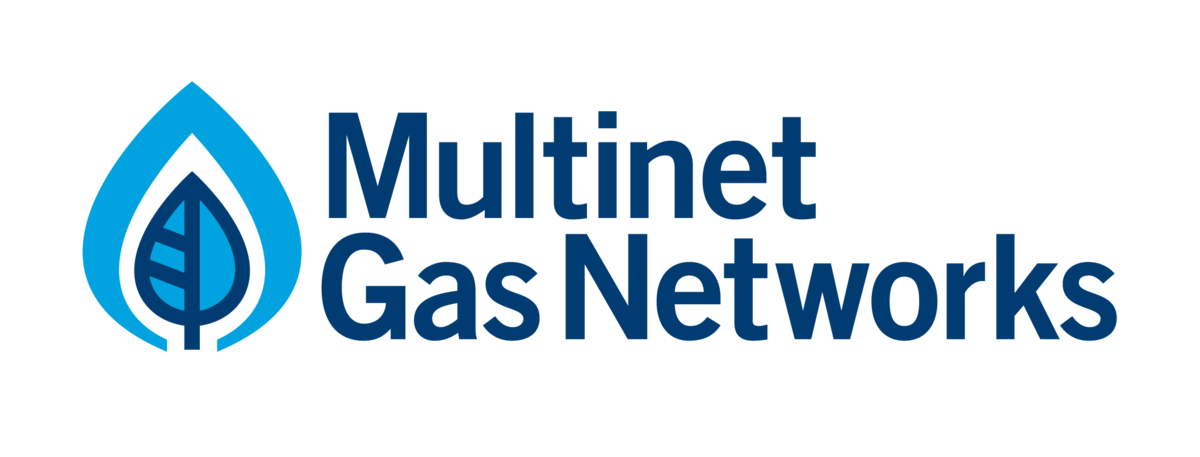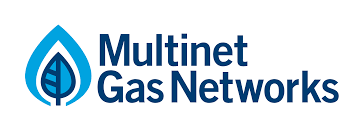Information
-
Audit Title
-
Job Description
-
Location
-
Conducted on
-
Prepared by
-
Contractor(s)
-
Work Group (name of crew leader & members)
-
Auditor(s)
-
Additional Representative(s)
Prior to Commencing Work SWP 2.1, SWP 2.5, MG MA E0.001
-
Have you checked for Life Support Customers in today’s work area, and was it safe to proceed with works?
-
Do all personnel have MG passports on site?
-
Is all training, authorisations and qualifications current for the functional role of the passport holder including contractors (e.g. traffic management)?
-
Are all relevant SWMS on site?
-
Has the JSEA/risk assessment identified site specific risks, been signed and dated by all crew members and have SWMS been identified for the task?
-
Are all identified risk control measures on SWMS and JSEA/risk assessment in place?<br>Are required high risk work permits and associated checklists in place?
-
Has the Traffic/Pedestrian Management Plan been identified/created and available on site and documented on the JSEA/risk assessment?<br>Has traffic management been implemented and have any changes been recorded on the JSEA/risk assessment?
-
Is PPE in accordance with Multinet Gas as a minimum and Service Providers expectations and within inspection/ replacement dates?
-
Does the excavation / manhole have appropriate support / effective engineering controls (i.e. battered, shields, shoring, etc)?<br>Is the excavation / manhole large enough to work in comfortably and has safe entry/exit been provided (e.g. ladder and consideration for emergency situations)?
-
For deep excavations – Has a permit been authorised by the Supervisor and notification made to WorkSafe?<br>Is the excavation being monitored during work and controls in place for unmanned work?
-
Are field employees aware of the emergency plan and is emergency equipment readily available?<br>Extinguisher located up wind and accessible to the worksite (SWP 2.5)?<br>Is the extinguisher with-in test date?
-
Have environment impacts been considered on the risk assessment, i.e. waste, water (including syphon water), soil management, sediment control, contamination, emission, flora (incl tree mgt) and fauna, heritage? Refer to MG MA E0.001, Environmental Field Manual – Guidelines<br>Has risk / contamination been effectively controlled?
-
Have all hazardous chemicals / substances (including asbestos) been managed and disposed of as per expectations and SWPs by competent and trained persons (SWP 2.11)?
-
Have sources of ignition been eliminated from work area?
Locate and Prove Assets SWP 8.1
-
Have the 5Ps been utilised effectively?<br><br>Plan – has planning been completed prior to work commencing – identify risk / controls to be implemented (including DBYD plans, no go zone rules)?
-
Prepare – have trained and competent (DBYD class/field certified) employees been utilised to identify underground assets – using approved DBYD locators?
-
Pothole/Prove – has Potholing been used to establish the exact location of the asset?
-
Protect – has the infrastructure been protected by – marking assets, identifying exclusion zones, placing barriers and communicate effectively?
-
Proceed – has work proceeded with all the above risk controls in place?
-
Have underground assets been documented on asset location sheet and Supervisor been advised of high-risk scenario (including HV checklist)?
Specific HSE Checks SWP 1.4, SWP 1.5, SWP 1.7, SWP 2.4, SWP 2.8, SWP 2.9, SWP 2.10, SWP 2.11, SWP 2.14
-
Does the task require entering and working in a confined space and, if so, are the personnel competent and compliant (SWP 1.5)? <br>(check passports and ‘prior to work checks’ have been completed)<br>o Is rescue equipment on site?<br>o Has an entry permit been used correctly?
-
Are all persons required to work in a gaseous environment trained and competent in the operation and care of respiratory protection?<br>Is the correct respiratory protection being used? <br>(check passports and ‘prior to work checks’ have been completed) <br>Has the following been considered?<br>o Are there adequate personnel on site?<br>o Have ignition sources been addressed<br>o Is there adequate ventilation to disperse contaminants?<br>o Has a standby been appointed?<br>o Is the B.A equipment and fire extinguisher manned?<br>
-
Has the worksite, all excavations and trenches been secured safely (i.e. signs, barricades, exclusion zones, fencing, plates) when unattended (including overnight)? (SWP 2.4)
-
Has a designated rest area been assigned?
-
Has the Jeavons J106 regulator been handled and disposed of appropriately as per SWP 2.14?
-
Is all electrical equipment calibrated and within test and tag dates?
Electrical Tests SWP 2.13
-
Is the gas meter location in accordance with engineering standard ES-DD-4352?
-
Has service pipe and gas meter assembly been tested to ensure it is not ‘electrically’ live using an approved voltage tester (SWP 2.13)?
-
If voltage is detected – was area restricted, consumer informed, power isolated, supervisor contacted (SWP 2.13)?<br>Note: Do not carry out any work until fault has been determined.
-
Has the meter been disconnected using cross bonding leads (SWP 2.13)?
-
Have wet rags been used where required to eliminate static?
Removal of Pipe Coatings from Steel Mains SWP 1.11
-
Has pipe area been clean, cut and scrape to expose mastic?
-
Removal of coating – asbestos containing material <br>- Has appropriate PPE been used to remove coal tar enamel?<br>- Has wastes been collected (double bagged) and made ready to transport to depot for disposal?
Safe Work Practice When Conducting Maintenance and/or Repairs on Pipelines, Mains or Services SWP 2.1
-
Had a dry chemical fire extinguisher been placed correctly?
-
Have the plans been used to identify the type and location of the gas assets?
-
In the case of a damage or escape has the gas cloud been assessed?
-
In the case of a damage or escape has the wind direction been identified?
-
In the case of a damage or escape has the need for respiratory protection been addressed?
Percussion Bar and Rubber Matting for Pin Pointing Gas Leaks SWP 10.7
-
Is the percussion bar and matting within test date, i.e. electrical insulation at six monthly intervals?
-
Was the percussion bar and mat checked for any damage of the insulation properties prior to use?
-
Was the equipment used effectively. including: <br>- matting providing adequate insulation?<br>- hard surfaces drilled prior to percussion bar use?
-
Were the three Ds addressed while bar hole surveying:<br>- Same depth for each hole?<br>- Same diameter for each hole?<br>- Each hole is the same distance apart?
-
Was the bar hole survey done 300mm off the line of the gas asset?
-
Have all drains and conduits been assessed?
-
Were all bar holes in paved surfaces filled with fine stone dust and then topped with premix and/or cement mixture to ensure holes are sealed?
Locating, Pin Pointing and Detecting Gas Leaks – assess the situation SWP 10.8
-
Has the gas escape been assessed – was it immediately controlled by first on site Responder? <br>Was further assessment required. i.e. supervisor, technical regulator, emergency services?
-
Was the response time met and tracked (Priority 1 or 2) or was responsible supervisor advised?
-
Has supervisor been advised if high risk scenario?
Gas Leaks
-
Has the Gas escapes been classified and rectified according to the assigned classification (class 1,2,3)?
-
Were the classification of leaks documented on either the JSEA and/or within an appropriate leak response management system?
-
Where the following options considered prior to / during controlling gas escape?<br>a) Review of gas escape details with premise occupier <br>b) Evacuation<br>c) Isolating power supply and ignition Sources<br>d) Accessing locked or vacant (empty) properties<br>e) Re-entering evacuated properties<br>f) Diversion of traffic and pedestrians<br>g) Monitor gas concentrations in the vicinity of an escape
-
Where the following 6 leak entry areas utilized?<br>1. Building and its perimeter<br>2. Meter, regulator and fitting line<br>3. Gas service and conduits<br>4. Inside Boundary (fence line)<br>5. Footpath nature strip or roadway<br>6. Bordering Properties
-
Was the procedure for pin pointing gas escapes followed<br>1. Under sealed pavements?<br>2. In drains and other asset owners conduits?<br>3. Around trees?
-
If the escape was reported multiple times, was the escape reviewed after repair?
-
Was the gas escape addressed correctly in the following situations?<br>1. Downstream of the meter – disconnection<br>2. At the meter or regulator – rectify <br>3. Upstream of the meter – Repaired/made safe
-
Was a final check completed to ensure the gas leak was repaired and the site made safe?
Records
-
Has the following information been recorded?<br>• Date and times for receipt of call and attendance at the site<br>• Details of subsequent events including evacuations, testing, repairs etc.<br>• Details of any other organisations that were informed<br>• Leak Classification using appropriate codes<br>• Gas detection results and calibration records<br>• Time the event was considered safe<br>• Any other reporting forms as required by the Supervisor.
-
Other comment
Sign off
-
Auditor(s)
-
Auditee (Crew Leader)










